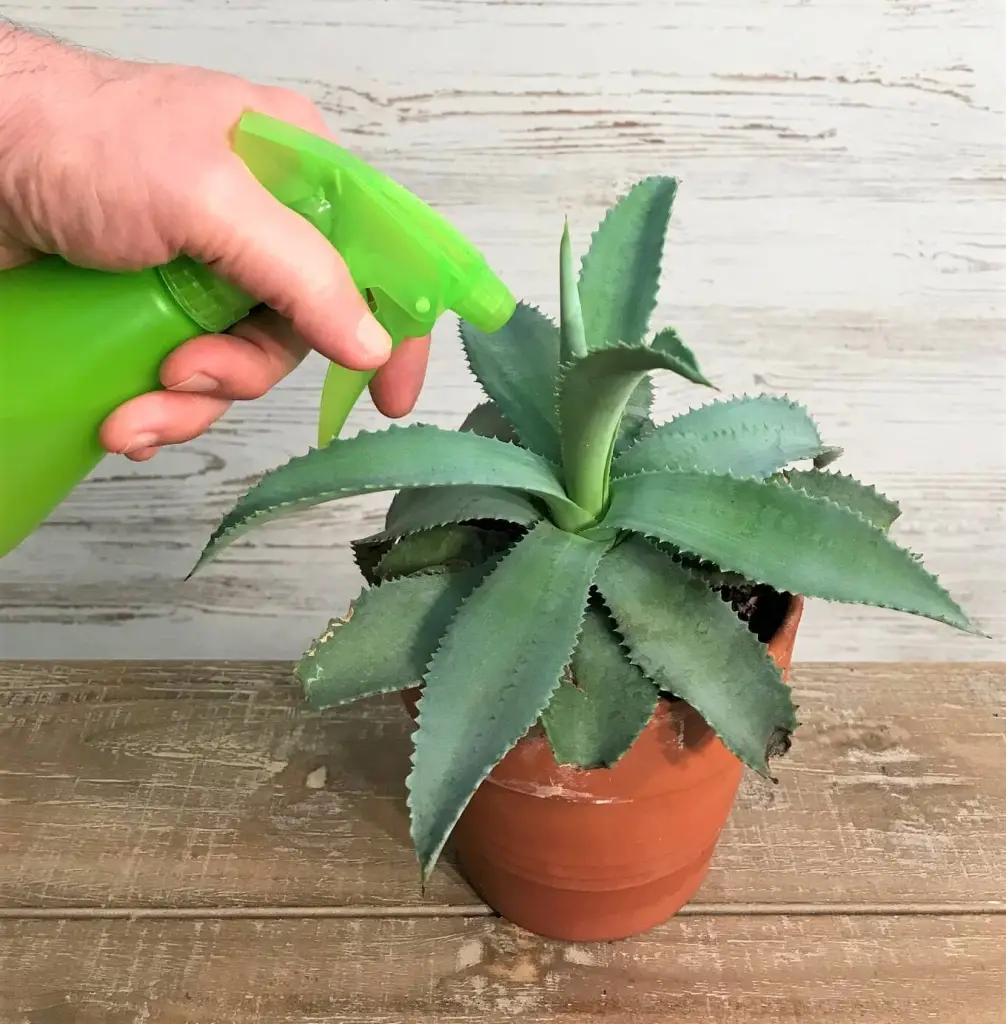Keeping houseplants outdoors during the summer has many benefits—bright light and higher humidity create perfect conditions for growth. But the big question I often get asked is, “What should I spray on plants before bringing them indoors to prevent bringing in bugs?”
In this article, I’ll walk you through the step-by-step process of acclimating your plants to an indoor environment while keeping pests at bay!
When to Bring Plants Inside
The goal is to have your plants acclimated to their indoor environment before nighttime temperatures drop below 50°F. This typically means preparing them 2-4 weeks before the first frost date.
Plants that aren’t hardy, such as most tropicals and succulent houseplants, can suffer damage or even die if exposed to temperatures below 50°F. In my area, the first frost usually occurs during the first or second week of October, so I aim to bring my plants indoors by September 15th.
To ensure they transition smoothly, I start the acclimatization process in late August or early September. This gives me 7-14 days to prepare the plants for the indoor environment.
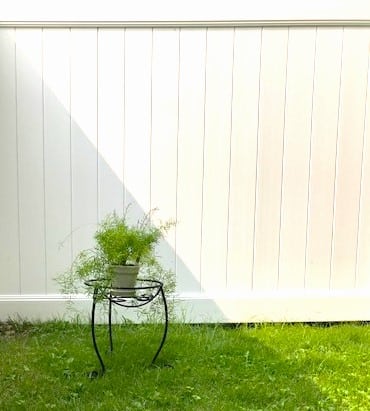
How to Move Plants from Outside to Inside
The first step in the acclimatization process is to move your plants to a shady outdoor location where they will only receive indirect light. It’s best to begin this 14 days before you plan to bring the plants inside.
This gradual shift helps the plant adjust to the lower light levels and cooler temperatures it will experience indoors. Even if you’re using a grow light inside, it rarely provides the same intensity as the summer sun.
This step is crucial because plants can drop large numbers of leaves when they experience sudden changes in light, temperature, or humidity. The longer you give a plant to adjust to a new environment, the better it will thrive in its new indoor space.
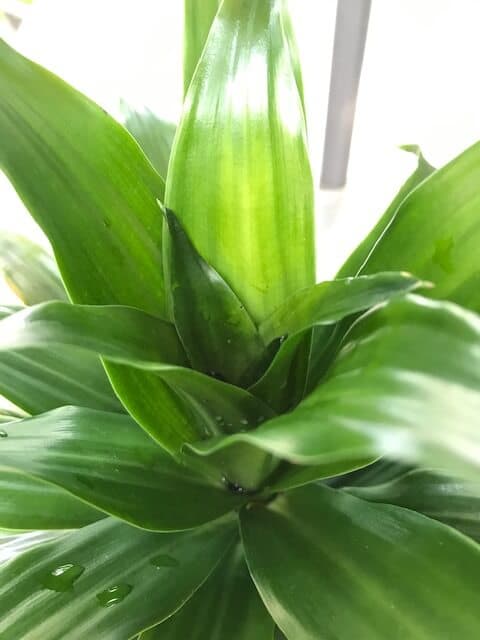
How to Debug Plants- The Steps
The first step is to visually inspect the top and underside of leaves, especially new growth, for any signs of insects.
If you find a plant with a bug problem, quarantine it from the rest of your plants immediately.
However, it’s important to assume that if one plant has a pest issue, others may also be affected, even if you don’t see visible signs yet.
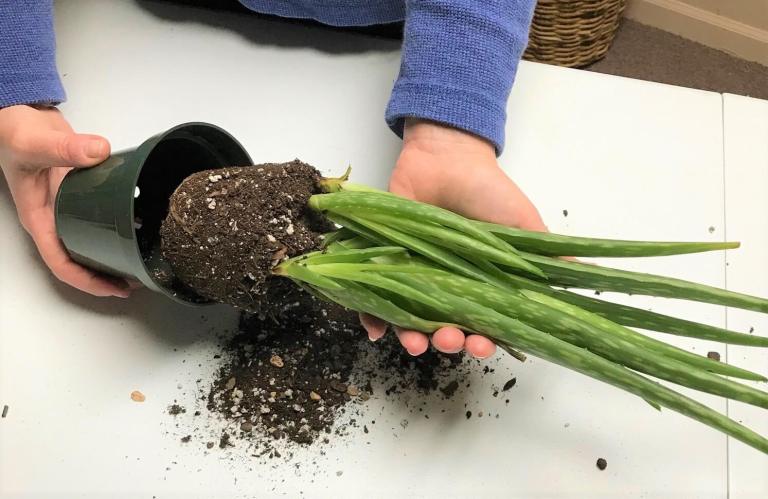
For plants that are a manageable size, I like to gently remove the pots to inspect the condition of the root ball. Sometimes, I find a visible bug that I can physically remove. Pillbugs and sowbugs often enter through drain holes and are easy to get rid of.
This is also a good opportunity to assess whether the plant needs more soil or should be repotted. If any plants have outgrown their containers over the summer, this is the perfect time to repot them.
Next, while the plants are still outside, I use a garden hose with a strong stream of water to wash the foliage. This is an effective, organic way to remove small insects and their eggs. I also make sure to thoroughly water the soil.
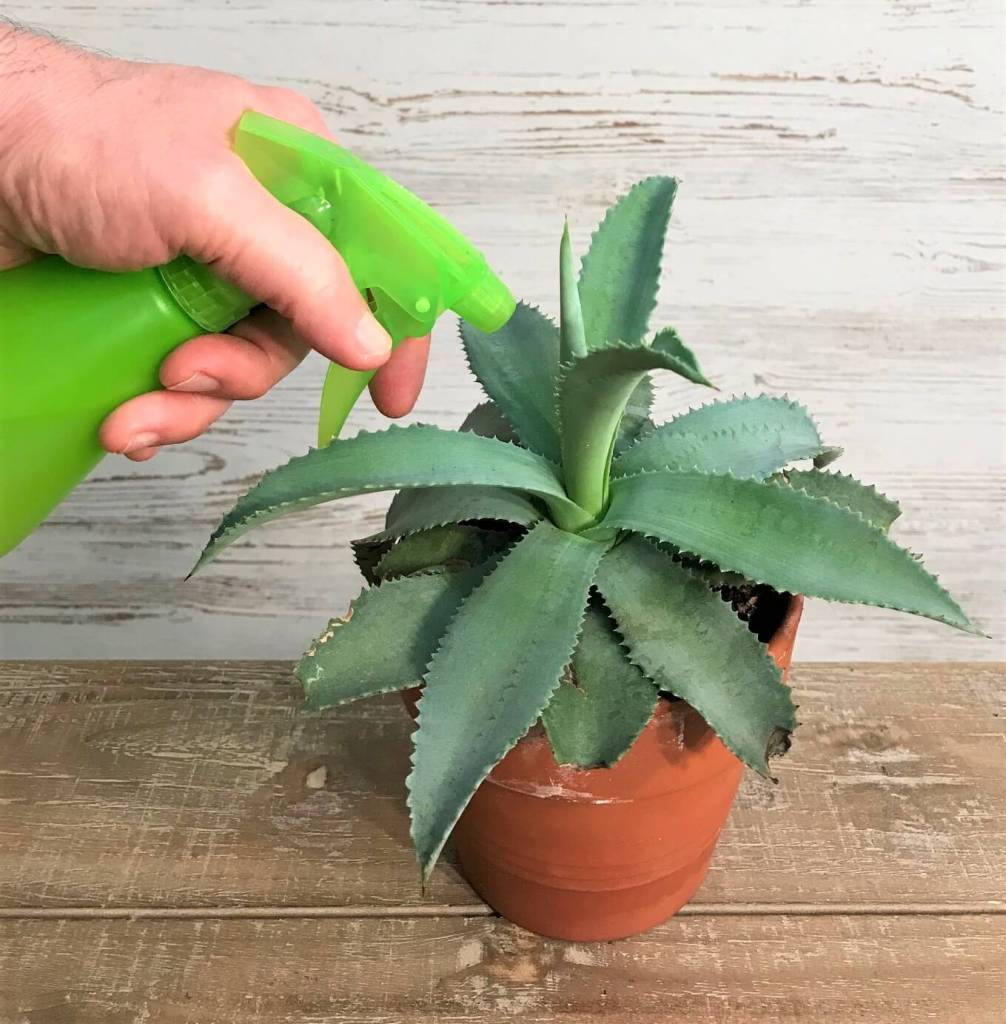
CONCLUSION
In conclusion, acclimating your outdoor plants before bringing them indoors is a crucial process to ensure they thrive in their new environment. By gradually reducing their exposure to sunlight, inspecting for pests, checking the condition of the root ball, and cleaning the foliage, you can minimize stress and potential issues. This careful preparation will help your plants adjust more smoothly to indoor conditions, ensuring they continue to grow and stay healthy throughout the colder months.

